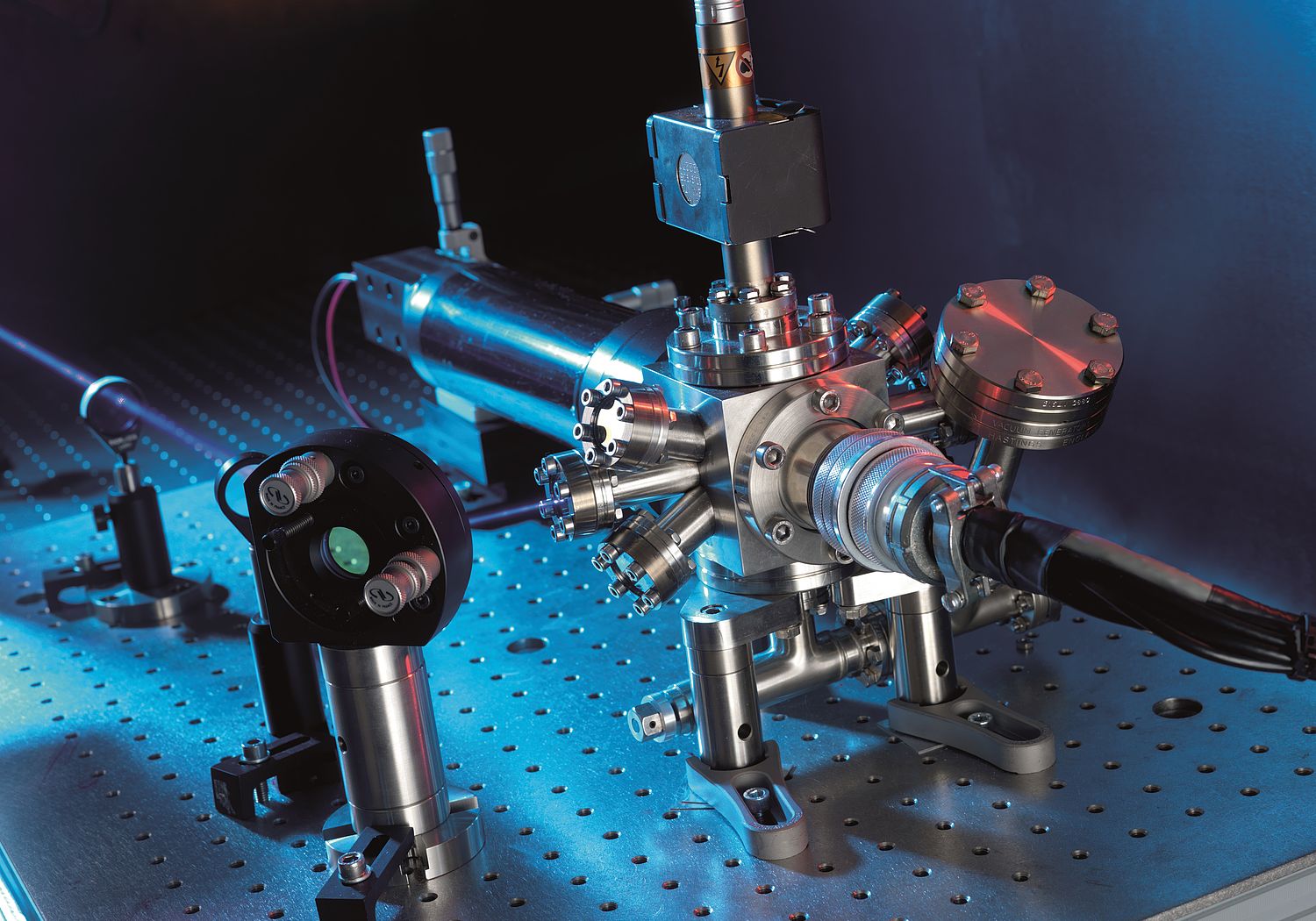Quantum engineered states for optical clocks and atomic sensors
Short Name: QESOCAS, Project Number: EXL01
Quantum tools for better timekeeping and sensing
Quantum mechanics has the potential to generate, detect and use the states of atoms or ions for precise optical clocks and frequency standards. Uses for such optical clocks include: next generation global navigation systems, exploring fundamental physical laws for experimentally generating the second. Currently the time it takes for an optical clock to stabilise and produce a steady response is prohibitively long and prevents easy comparison of individual optical clock frequencies. A possible solution is to use Frequency standards based on quantum entanglement. This is a phenomena where two atoms exhibit the same properties as one another without being physically linked.
The project Quantum engineered states for optical clocks and atomic sensors (QESOCAS) demonstrated improved optical clock stability and frequency accuracy in a variety of systems using new quantum engineering methods.
The project:
- Developed, tested and characterised ion traps on 4 inch wafers able to produce multiple ions with quantum entangled states and assessed the ions suitability for next generation optical clocks.
- Developed key technologies for future ultra-stable oscillators based on quantum engineered atomic states.
- Demonstrated optical clock stability with close to 10-16 uncertainty at one second using state-of-the-art ultra-stable lasers.
- Investigated the use of entanglement as an optical frequency standards both theoretically and experimentally for precision spectroscopy applications.
As well as optical clocks this project will impact on atom interferometry, quantum gases, and quantum information processing. Limitations faced by optical clocks are similar to the limitations in other atom-based sensors, such as accelerometers, gravimeters, gyrometers or magnetometers.
EMPIR project 17FUN03 USOQS builds on this work.
New Journal of Physics
Journal of Physics: Conference Series
Metrologia
SCIENCE CHINA Physics, Mechanics & Astronomy
Classical and Quantum Gravity
New Journal of Physics
Nature Communications
